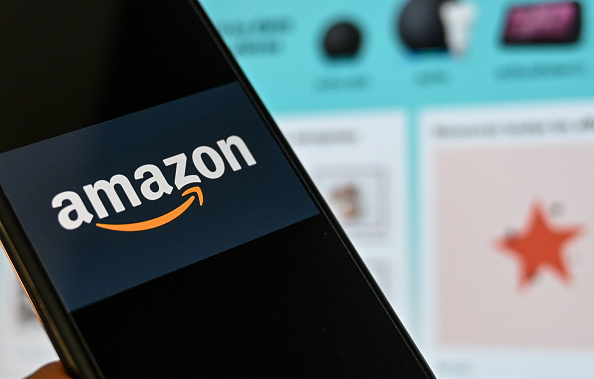Just when businesses are beginning to get their heads around what is cool and necessary to reach a target audience, the goal posts move. Move aside Millennials, it’s Generation Z’s turn.
Contrary to popular belief, Generation Z (numbers of which will reach 2.6 billion by 2020) aren’t kids. While the youngest of them are 14, the eldest are 23 and are just beginning to enter the workforce.
Unlike baby boomers, Millennials or Generation Y, this new demographic grew up in the internet-era. Immersed in social media and tech from a young age, they have no concept of the world before: coin pay phones, dial-up internet, cassette tapes – the list goes on. For them, life for them plays out on a screen. It always has done.
They’re savvy, digital natives who all own at least one device. They’re setting trends and staging a mass-walkout on Facebook, perhaps leaving older people wondering why it’s no longer cool.
It’s because of this that Generation Z are proving to be much more dynamic and complex for businesses than could be imagined a few years ago.
To this end, relying on practiced, tried-and-true methods of reaching your target audience could well fall on deaf ears with this group. You need to speak to them in a language they’ll understand.
Where are businesses going wrong?
Perhaps unsurprisingly, Generation Z are much more likely to take notice of digital targeting than their older counterparts and are more likely (29 per cent in fact) to be converted into a customer or fan.
It’s also worth noting that they spend most of their time across social media looking for brand new content, rather than actually networking and engaging with their peers.
Almost a quarter of them try out seven or more apps per month – that’s huge, but this figure gives a nod to their hungry, digitally-savvy nature. Many of us may remember watching TV as children and trying to convince our parents to buy us the newest toy – that’s where we were targeted because that’s where we saw our advertising.
With Netflix and Amazon Video taking on traditional TV, there’s just not much point focusing efforts there for Generation Z. It’s imperative that brands begin to branch out when it comes to reaching their audience.
What is getting cut-through?
Using platforms with a niche content specification makes a real difference. For example, Twitch is a platform for gamers to stream what they’re playing, or watch another play. It’s easier for someone interested in gaming to use Twitch than using YouTube, a much more general platform.

In addition, apps like Snapchat and musical.ly are used heavily by Gen Z because they’re newer, video-based and most of the content is about them — young, real people creating organic content.
More generally, Instagram and Snapchat are two huge marketing platforms with a wealth of opportunities for brands to reach this challenging group. With the apps updating all the time (most recently with live streaming), there is a cornucopia of new tactics for marketing and at this time, not nearly enough brands are utilising them.
Putting them at the centre of the story works well – making a campaign that really talks to them and relates to their lives, so that they can think, ‘Hey, I do that / know about that / think that,’ which allows them to invest and join the wider conversation. They can spot sponsored content a mile away, so it’s important to make them care.
Importantly, honesty is also key. No longer fazed by big brand names, Gen Z is increasingly choosing sellers that value extreme transparency and offer a strong narrative and that clearly solve a problem, even if that means paying more for something.
However, that’s not to say that this group are lost to larger brands – it’s just a case of showing an empathetic and human side to appeal to them. Don’t forget about authenticity, though!
Influencer involvement is now a proven marketing strategy, delivering real results for brands. While traditional celebrities (Britney Spears for Pepsi, anyone?) once had the monopoly on influence, ‘regular’ people such as Zoella, Iskra Lawrence and various Love Island personalities have huge online followings, based on their unique voices, opinions, and perspectives.
It also helps that these influencers feel much more ‘accessible’ to fans: they can leave a comment or send a message that the person they look up to may see and potentially respond to. Much changed from the old days of sending fan mail by post.
“Influencers feel much more accessible to fans”
Businesses must also be visible, and that means that just one campaign on one platform will not be enough. Generation Z use multiple social networks and platforms, consuming thousands of pieces of content every day, so brands need to run multiple campaigns, honed for each platform in order to see the benefits of their work.
Rethinking outdated strategies
Brands need to rethink their strategies to ensure they don’t miss the mark with this age group. Essentially, to gain ground with the them, you need to make your offerings relevant, personal and matter for them to make an impact. If you fail in these aspects, you’ll soon lose them from your radar as they simply ignore you, even if you’ve targeted the right platforms.
Don’t forget: with the older end of Gen Z joining the workforce, it won’t be long before they’re taking the baton themselves and showing us how it’s done.
Doone Roisin is co-founder of Sweet P Social and the Female Startup Club.





